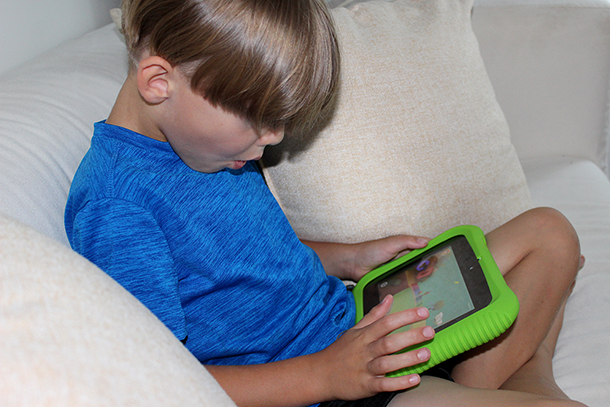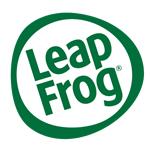
When I was a kindergarten teacher, I saw the benefits of learning skills being reinforced in a student’s home first hand; as a parent, though, I understand how tough it is to foster a sense of learning at home. Parents and kids are busy and there are always other things greedily soaking up the time between work and home life. Too often “learning” feels like a synonym for “work,” and our kids really do need to relax when they’re away from school.
The learning/life balance struggle is real – but that doesn’t mean it’s impossible to achieve. In fact, when learning opportunities are woven into everyday home life activities, learning can become fun for everyone!
Here are some ideas to engage your child at home:
Everyday family chores and activities can become an exercise in frustration when kids are in tow, so let’s change that by turning them into treasure hunts! The grocery store, taking the dog for a walk, and even cooking at home all provide opportunities to connect learning to real life and reinforce concepts of colour, shape, time, math, science, and reading skills.
Before you head out to complete mundane tasks, create short “treasure hunt” lists asking your child to find five red objects, six green boxes, and three blue cans when you’re in a store - or count out all the triangles and rectangles they see when you’re walking the dog. Alternatively, when you’re cooking, having your child count out 15 chocolate chips or stir the sauce six times. These seemingly simple tasks reinforce important early learning skills, engage your child, and make your family chores a lot more fun!

Most young children are naturally drawn to electronics, so incorporating electronics are a fantastic way to encourage young learners at home. I’m a big fan of the LeapFrog Epic Academy Edition. It comes with LeapFrog Academy preloaded, which is an online guided learning program made up of a series of learning adventures designed for kids in preschool through to the first grade. The learning adventures help young minds develop essential skills like creative problem solving, patterning, and storytelling, and important interpersonal skills like friendship and teamwork. If you or your child already has a tablet, you can try the app out on its own – it’s available for download on iOS and Android.
My young learner loves to emulate my husband and I, and so the decision to get him a tablet of his own to play on was a no-brainer for us. But the most impressive feature was how the LeapFrog Academy made learning fun for him, with tailored activities and exercises based on his personal progress. It kept him completely engaged and excited about using the tablet, without realizing he was learning all the while! As an added bonus, LeapFrog Academy has a Parent Dashboard where you can see your child’s progress.
Using electronics with built-in activities is a sure way to get them engaged in learning while still enjoying themselves – a total win/win in my books!

Children under the age of six love to play games, and parents can leverage this to encourage and reinforce learning concepts.
While you’re waiting for the doctor, play “What colour is this?” as you point out objects in the room; if you’re in line at the grocery store introduce a game of “What am I thinking?” and give simple clues to help your child find the right answer; and when you’re putting away the groceries or making dinner, play “Count the carrots and potatoes.” These simple word games are fun and yet still reinforce concepts young children are learning in a way that doesn’t feel forced or dull.

In the vein of making learning fun, I introduced a game called this or that to my household. In my house, it would sound like “Would you like to read a story, or draw a picture about your day?” or “Would you like to put away the cereal or the snacks?”.
The idea behind this or that is that young learners respond well to choices, and when given the opportunity to choose between two equally important, learning-based tasks, they will feel empowered and excited to participate and do their best work. You’ll also love seeing growth and learning happen while household tasks get done.
Try these ideas out at home with your young learner and encourage them to enjoy the learning journey - you’ll be amazed at how truly fun learning can be!

